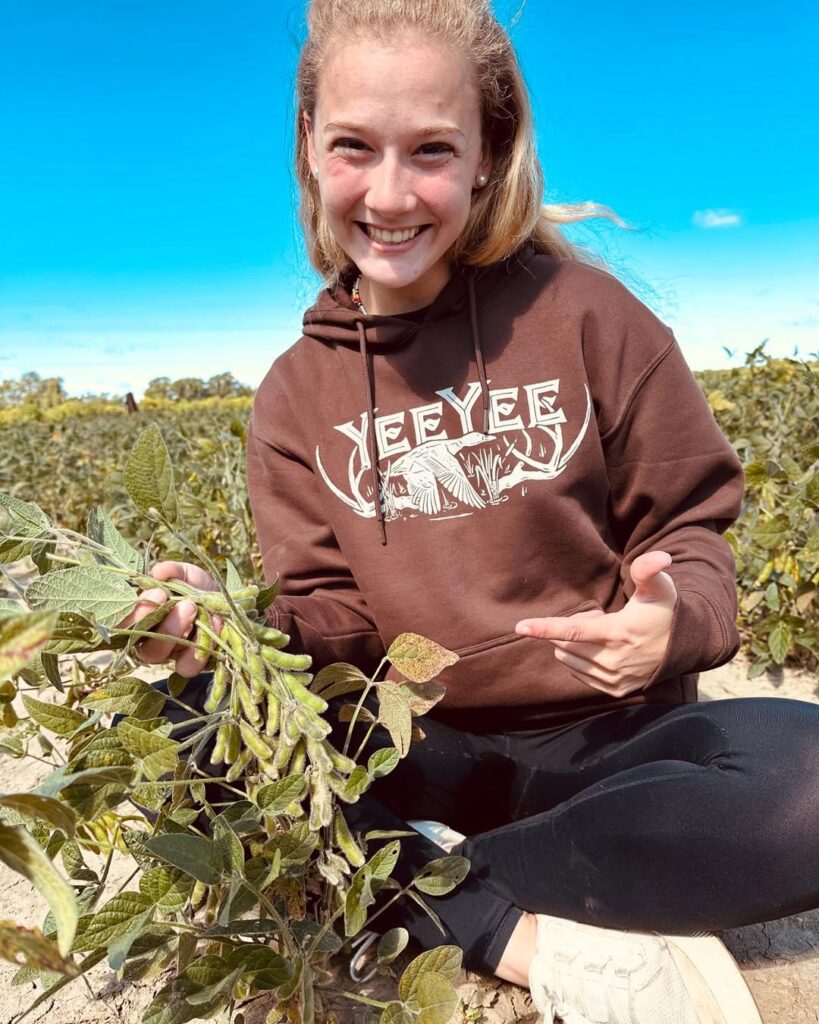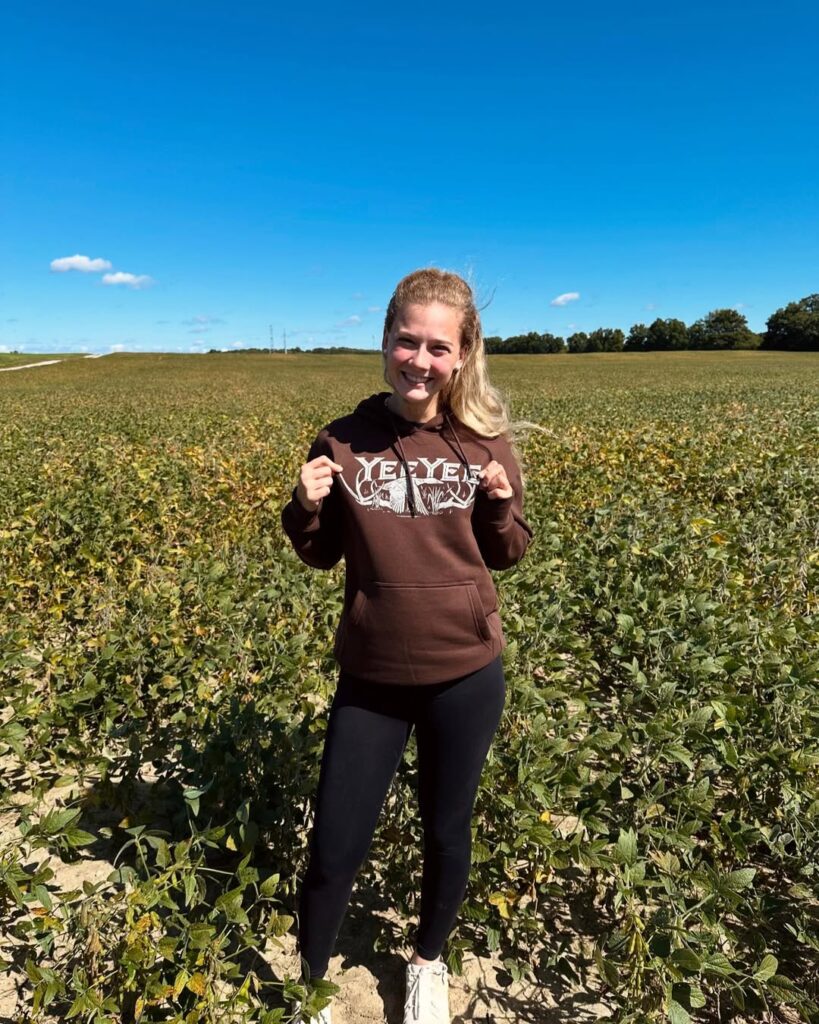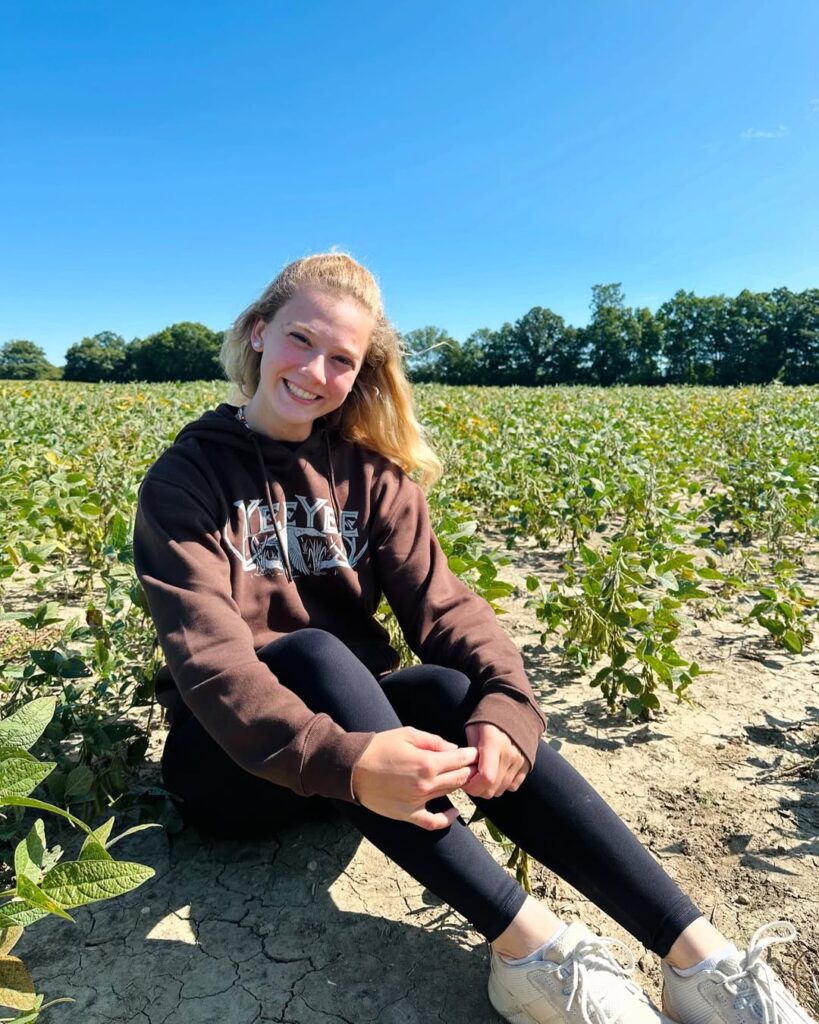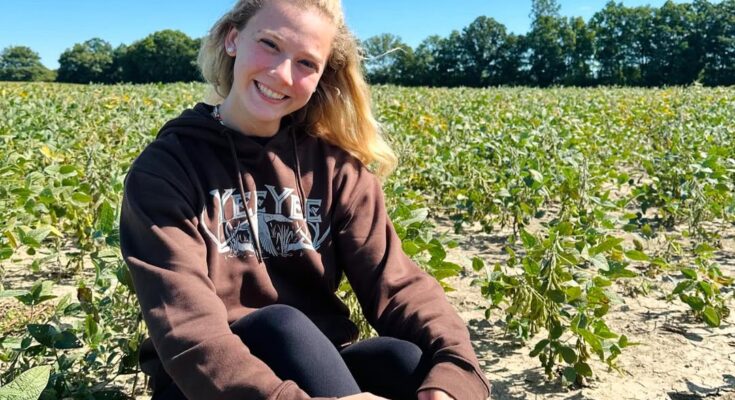The planting of soybeans is a vital process in global agriculture, one that feeds livestock, supports food production, and drives economies. More than just placing seeds in the ground, soybean planting is a carefully timed, strategic process that requires knowledge of soil, weather, machinery, and biology. Across farms large and small, from North America to South America and beyond, the life cycle of soybeans begins with the quiet, deliberate act of planting.

Understanding Soybeans
Soybeans are leguminous plants, meaning they have the unique ability to fix nitrogen in the soil through symbiotic relationships with bacteria. This trait makes them valuable in crop rotation systems, as they improve soil health for the next planting season. Grown primarily for their oil and protein content, soybeans are used in an astonishing range of products: tofu, soy milk, livestock feed, cooking oils, biofuels, and industrial products.
For farmers, soybean planting is a commitment of months of work and planning. The decisions made before and during planting time have a significant impact on the final yield. It’s not just a matter of putting seeds into the ground; it’s about ensuring those seeds have the best chance of thriving.

Preparation Begins Long Before Planting
Soybean planting starts with preparation, often months before the first seed touches soil. After the previous harvest, farmers assess the condition of their fields. Soil samples are collected and tested for pH, nutrient content, and organic matter. Adjustments are made with fertilizers or lime to bring the soil into optimal balance. A well-prepared seedbed helps ensure proper seed-to-soil contact and early root development.
In some regions, farmers may till the soil to break up compaction and incorporate crop residue. In others, they may adopt no-till or minimum-till practices to reduce erosion and preserve soil structure. Cover crops, such as rye or clover, may be planted during the off-season to prevent nutrient runoff and to enrich the soil.
Choosing the Right Seed
Selecting the right soybean variety is another key step. Farmers consider their region’s climate, the soil’s characteristics, resistance to pests and diseases, and maturity group (which determines how long the soybean plant takes to grow and mature). Some varieties are genetically modified (GMOs) to resist herbicides or insects, while others are conventional or organic.
Seed treatments are also chosen based on local conditions. Fungicides, insecticides, and inoculants (for nitrogen-fixing bacteria) are often applied to the seeds to protect them from early threats and to enhance germination.

Timing Is Critical
The timing of soybean planting is crucial. If planted too early, the seeds may be exposed to cold, wet conditions that hinder germination. If planted too late, the crop may not have enough time to reach maturity before the first frost. In most temperate regions, soybean planting begins in late April to early May, once the soil has warmed to at least 55°F (13°C).
Farmers watch weather forecasts closely, looking for a stretch of dry weather and warm soil. Planting into wet or cold ground increases the risk of poor emergence and diseases like damping off.
Planting Equipment and Techniques
Modern soybean planting often involves sophisticated machinery. Planters are designed to place seeds at precise depths and intervals, ensuring uniformity. Most soybeans are planted at a depth of 1 to 1.5 inches, with spacing between rows typically ranging from 15 to 30 inches, depending on the region and farming system.

Precision agriculture technology allows farmers to calibrate seed rates, monitor planting progress in real-time, and even adjust depth and spacing on the go. GPS guidance systems ensure straight, efficient rows with minimal overlap. For smaller operations, simpler seed drills or broadcast methods may still be used.
Soybean Emergence and Early Growth
After planting, the waiting begins. With sufficient warmth and moisture, soybean seeds begin to swell and germinate within days. The first visible sign of growth is the emergence of the cotyledons—seed leaves that provide energy for the seedling until it begins photosynthesis.
At this stage, soybeans are vulnerable. Pests such as cutworms, wireworms, and seedcorn maggots may attack young plants. Fungal diseases like Phytophthora root rot and Pythium can devastate seedlings under wet conditions. Farmers monitor fields closely and may use scouting or drones to detect problems early.
Once the first true leaves appear, the plant enters a vegetative growth stage. It focuses on building a strong root system and canopy, which will later support pod development and seed filling.
Managing Weeds, Pests, and Disease
Weed control is critical during early growth. Weeds compete with soybeans for light, water, and nutrients. Many farmers apply pre-emergent herbicides before planting and follow up with post-emergent applications once soybeans are established. In organic systems, mechanical cultivation or cover crops are used to suppress weeds.
Pest and disease management depends on scouting and timing. Integrated pest management (IPM) strategies are often employed, combining chemical, biological, and cultural controls. Weather conditions play a major role—damp, humid climates can increase the risk of fungal infections, while dry conditions may limit disease but stress the crop.
The Promise of Harvest
By late summer, the fields of green begin to change. The soybean plants flower, then form small pods. Within those pods, seeds develop, filling with oil and protein. The health of the plant during this time determines the size and quality of the harvest. Drought stress, disease, or poor nutrient availability can all impact yield.
Come fall, when the pods are brown and dry and the leaves have dropped, it’s time to harvest. But the journey of a successful soybean crop starts with everything done at planting—right seed, right time, right conditions.
Conclusion
Planting soybeans is as much an art as it is a science. It requires a deep understanding of the land, the crop, and the delicate balance of nature. Behind every field of soybeans are decisions made weeks and months in advance, all aiming toward a successful harvest.
For farmers, planting is more than a task on the calendar—it’s a statement of hope and belief in the future. Every seed placed in the ground is a promise of growth, resilience, and the rewards of patient care. Whether grown on thousands of acres or a small family plot, soybeans begin with that simple, powerful act: planting with purpose.



